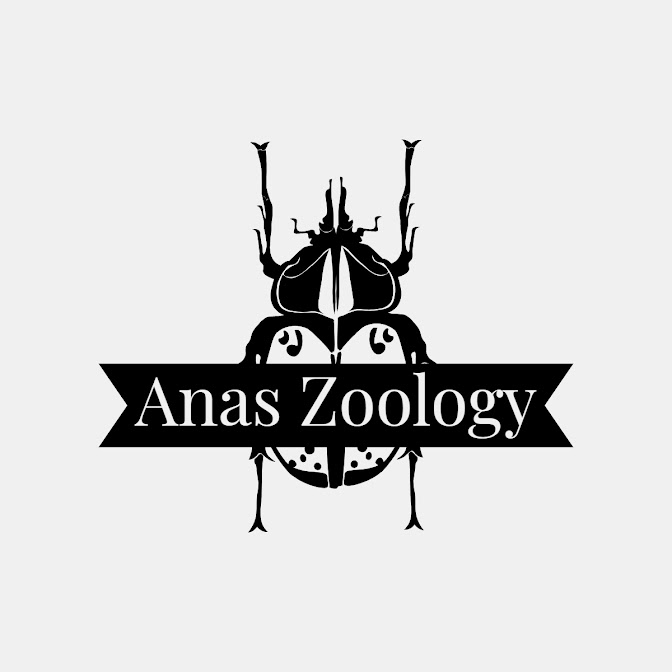Lemon Sponge
What are Sponges ?
Simple, mostly marine animals, adult sponges live permanently attached to rocks, corals, and shipwrecks. A few species live in freshwater.
Sponges belong to phylum Porifera. The Porifera vary in size and shape, from thin sheets to huge barrels, but all have the same basic structure: different types of specialist cells, but no organs. A system of water canal branches through the sponge, and water is drawn into them through tiny pores in the sponges surface. Special chambers or cells lining the water canals trap and engulf bacteria from plankton for food, and waste water exits through large openings called oscula.
Many sponges are classically "spongy", others are rock hard, soft, or even slimy depending on the supporting skeleton, which is made of tiny spicules of silica or calcium carbonate. Spicules vary in shape and number between species and can be used in identification.
Calcareous Sponges:
Lemon sponge is a calcareous sponge. The skeleton of Calcarea is composed of densely packed, mostly star-like, calcium carbonate spicules, each with three or four pointed rays. Variable in shape and crunchy to the touch, most species are small and lobe- or tube-shaped.
Lemon Sponge (Leucetta chagosensis)
Classification:
Domain: Eukaryota
Kingdom: Animalia
Phylum: Porifera
Class: Calcarea
Order: Clathrinida
Family: Leucettidae
Genus: Leucetta
Species: L. chagosensis
Description:
This sponge was first described by Arthur Dendy in 1913. It is commonly called as 'Lemon Sponge' or 'Chagos Sponge'. The sponge has a smooth surface. It is yellow in color in living state with a maximum diameter of 10cm. A single oscule is present per lobe. The sponge can survive in a temperature range of 20° - 30° C. It is a filter feeder.
Distribution:
It is a widespread calcareous sponge occurring in shaded habitats of Indo-Pacific coral reefs.
References:
- Image of Leucetta chagosensis:




Comments
Post a Comment